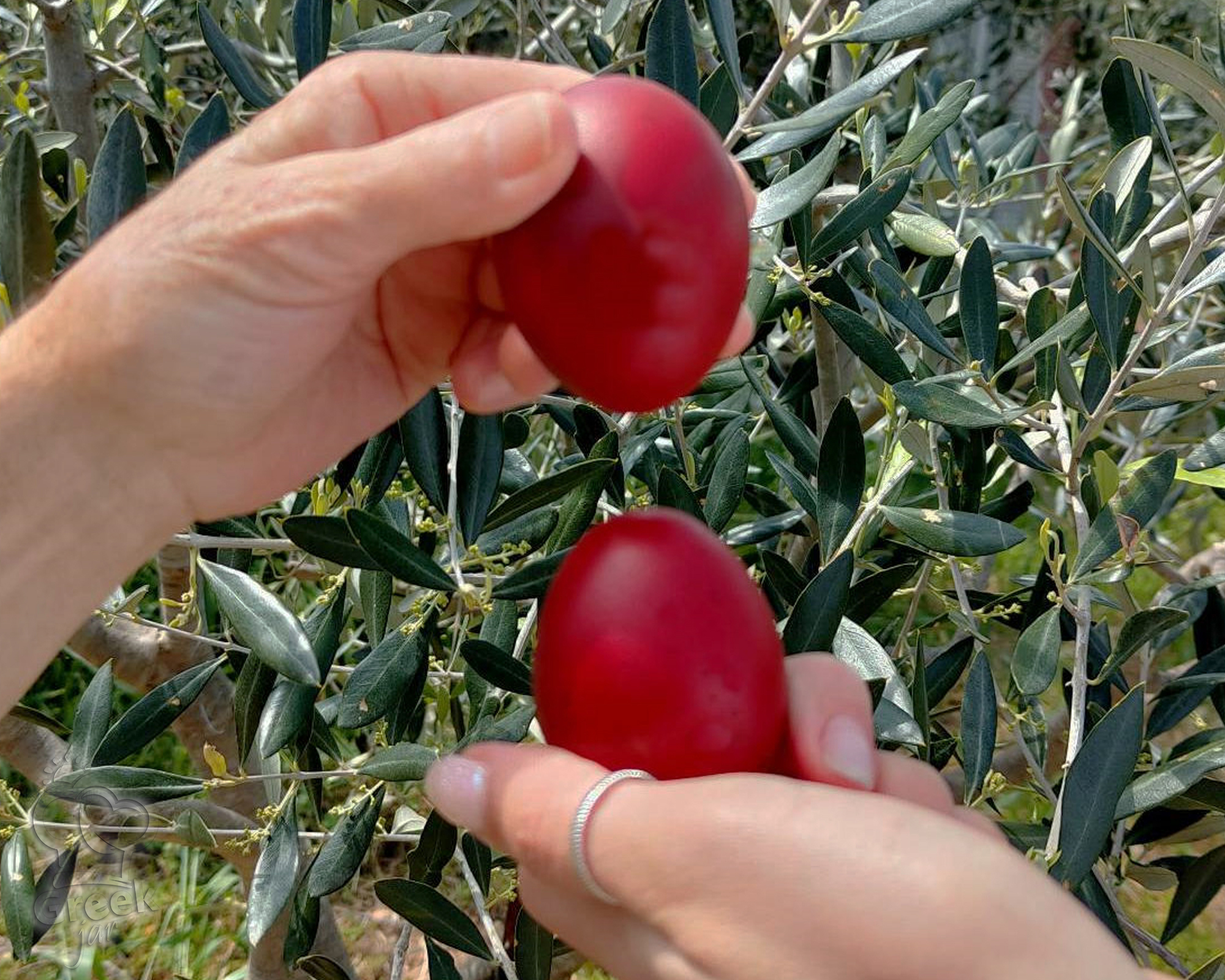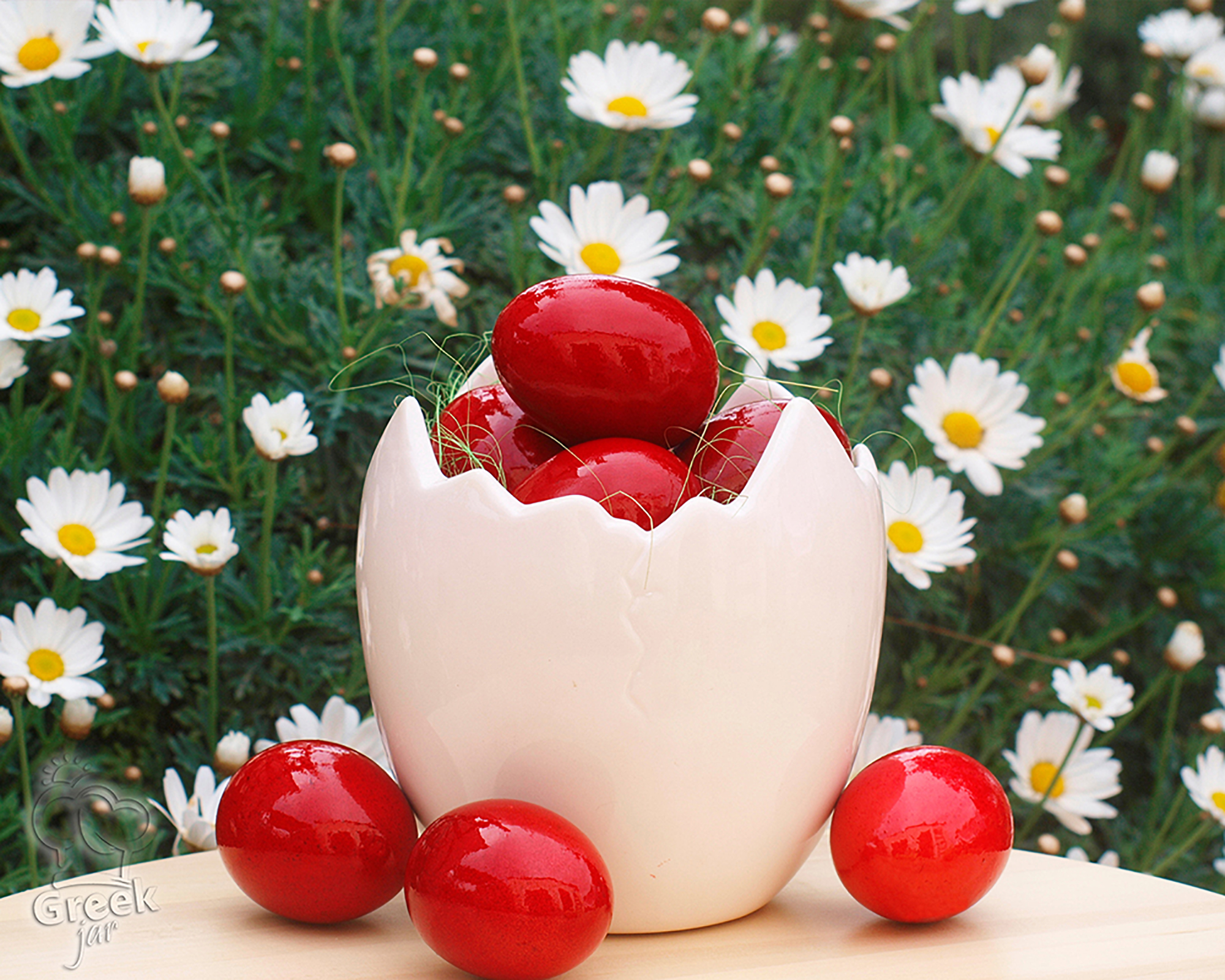Easter is the most important festival in the Christian calendar and every corner of Greece celebrates it in its own way, adding a beautiful touch of local customs and traditions. The "Botides" in Corfu, the "Rocket War" in Chios, the lantern "Balloons" in Leonidio, the meeting of the epitaphs and the burning of Judas are just some of the customs that are revived in the country, especially during Holy Week.
Red eggs are one of those Easter traditions that can be found in every town and village. On Maundy Thursday, the eggs are dyed red because it is the day of Christ's crucifixion and the color symbolizes His blood. Nowadays we find them in many colors and decorated with different designs, but the traditional color remains red. According to researchers, red eggs originated in pre-Christian pagan customs, as a symbol of life, fertility and rebirth, and were later found in Egypt and China. Around the 17th century, they began to be associated with various customs - religious or otherwise - in Europe and Asia, with different symbolism from place to place.
There are many versions and stories of the red egg custom, but there are even more local traditions associated with Easter eggs. In some parts of Greece, the dyeing of the eggs does not stop during Holy Week, but continues for two more weeks, always on Thursday. In other places, the custom is to hang a red cloth, called "kokinopeftiatiko”, on the balcony or somewhere in the yard after the eggs have been dyed. According to another tradition, the first dyed egg belongs to the Virgin Mary and must not be raked. This egg is kept until Maundy Thursday of the following year and planted in the fields to bring euphoria.

But the tradition that completes the ritual of the red eggs and that we all, young and old, follow is the “tsougrisma”(egg cracking). This custom has its roots in Byzantium and was first introduced by Constantine the Great and his mother, St. Helen. There, in the palace courtyard before the Easter table on Easter Sunday, the guests would crack their red eggs with the emperor and the queen mother. So every year, red eggs and tsougrisma have their place at the Easter table. The goal is to crack the opponent’s egg without cracking yours! Each player holds a red egg and one taps the end of her/ his egg against the end of the other player’s egg. If your egg remains unbroken, you can play against another person and the winner is the one left with the most "resistant" egg. Of course, tsougrisma is not only a playful custom, but also has a deep symbolism. Just as life is born and comes to light when the shell of an egg is broken, so tsougrisma symbolizes the shattering of the bonds of death and the resurrection of Christ.
Those visiting Greece during the Orthodox Easter period have the opportunity not only to "measure their strength" in tsougrisma, but also to experience the local Easter customs and traditions of the Greeks, filling their luggage with beautiful moments and memories that will last a lifetime...








